Gran Canaria, the blue island
Here begins a journey of the senses around Gran Canaria, through the colour blue, one of the island’s essential elements.
Some living beings from Gran Canaria inhabit an ever blue territory, because the sea and the sky are the canvass on which their lives are etched. The first shearwaters, Atlantic birds par excellence, begin nesting in March high on the crags on the island. At nightfall these marine tones are intensified, and the birds can be spotted flying round in groups, skimming over the water, gliding for a few minutes before shooting forward once again with five or six flaps of their wings. Suddenly, they plunge under the sea in search of fish, splitting the frontier between the two immense blue expanses of Gran Canaria.
If we could see through the eyes of the shearwater, we would discover the virtually endless variety of sea life that hugs tightly to Gran Canaria. Blue, like the sea all around, floods everything, although on occasions it shows itself in a more subtle, glimmering light. This happens, for example, when the sun’s rays penetrate deep into the crystal clear water, lighting up right before our eyes the blue hue of little fulas and anillos fish and the scales tinged with indigo shades of other small fishes.
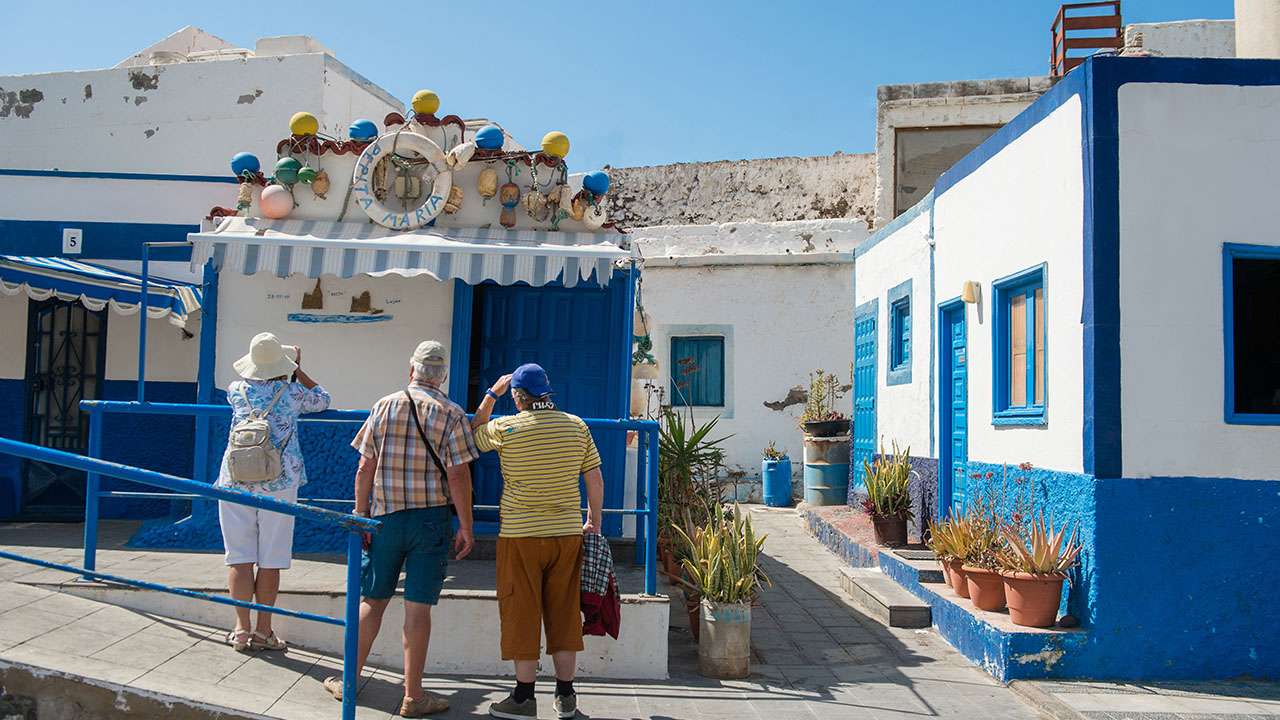
Far away from the crashing waves and the nesting areas of birds who are able to fly for hundreds of kilometres and come back to land to find food, and far above the beaches and small harbours where the fulas glitter brightly, Gran Canaria continues to show off its true blue spirit. In the island’s interior, the flowers of the blue tajinaste plant, an endemic species which blossoms between March and Abril, stand out like celestial blue beacons on a lush green carpet.
Gran Canaria hides other secrets in its indigo wooden chest. One of these is shrouded in a halo of mystery. The blue chaffinch, a natural symbol of the island which has recently been recognised as a new species, is the winged sapphire of Gran Canaria’s natural world. Catching a glimpse of it is not easy, as is usual with great rare jewels.
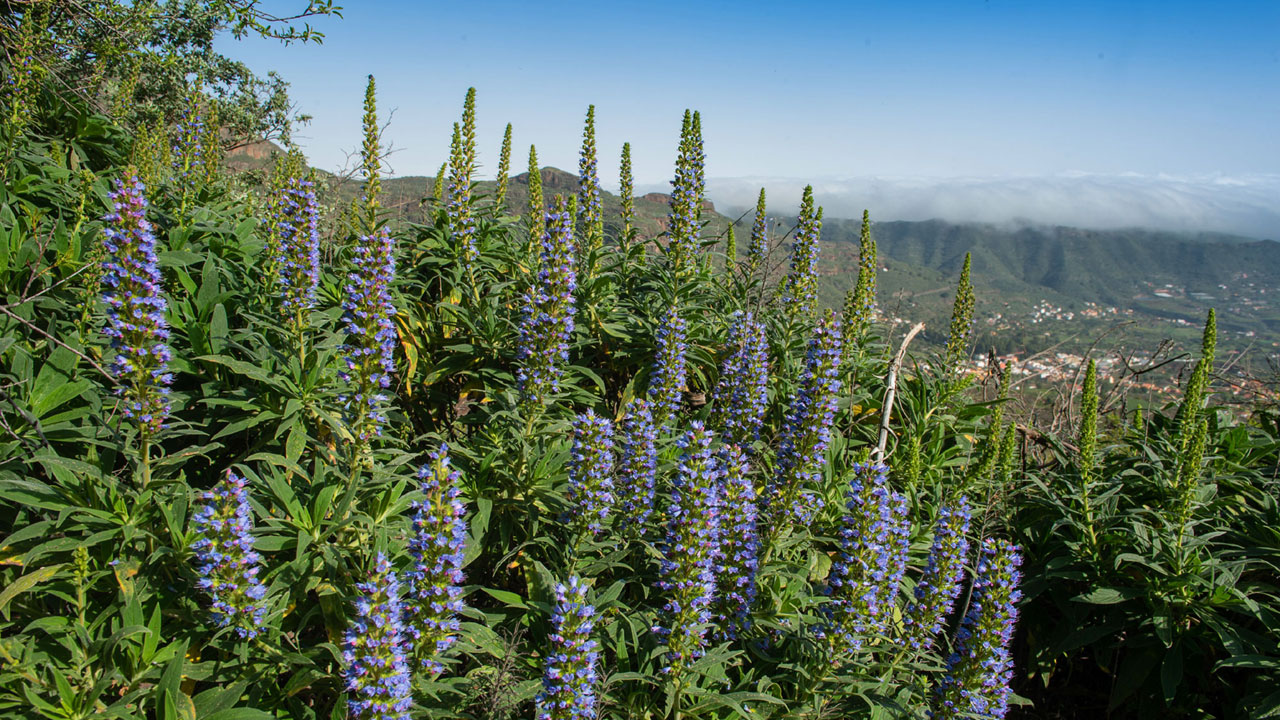
The island observes us with a clear blue expression. The iris of its eyes are its pools that form its tides on the shore and the rain waters that run down the ravines. Its heart of fire, like a fine daughter of the volcano, highlights the wide array of tones that its basalt rock can manifest. The quarries at Arucas and Lugarejo, in San Lorenzo, house the famous blue coloured natural stone, used for centuries as material for constructing temples and official buildings.

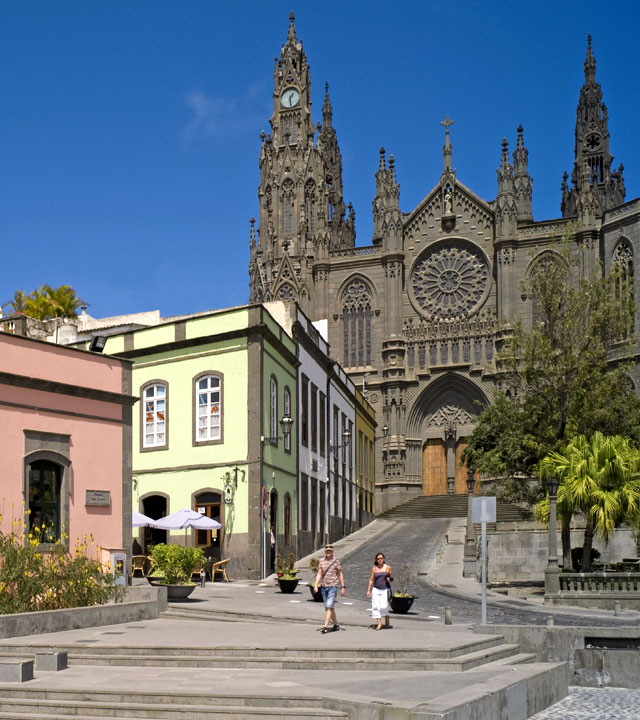
Sometimes clouds are transformed into a light huey blue layer that contrasts sharply with the heat of the day that the last hours throw up before giving way to the darkness of night, when the island sinks into a slumber before once again shining brightly the following morning, beautiful and vivid, opening itself up to be discovered, in the same way as the blue doors and windows open up all around the coastal villages to greet a new day.
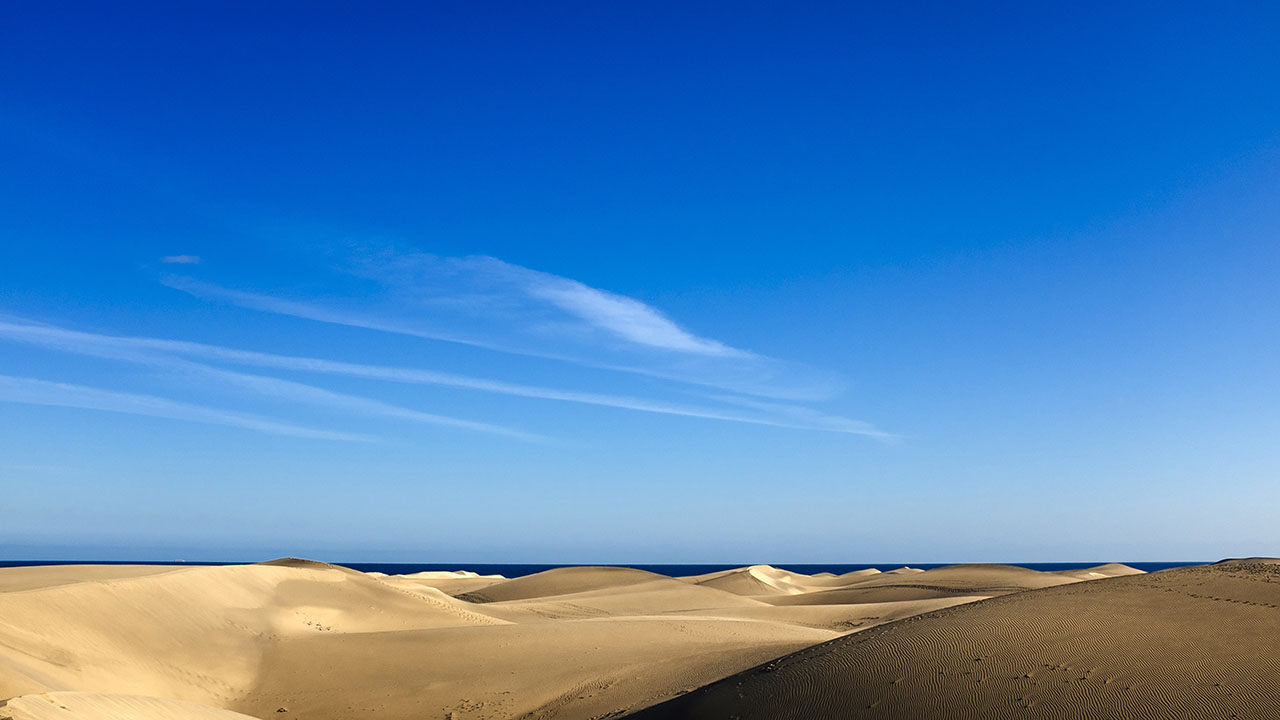
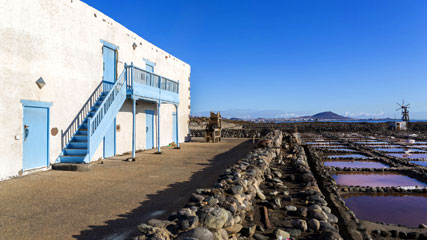
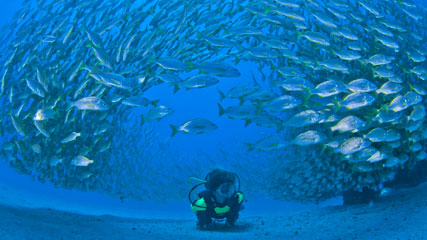
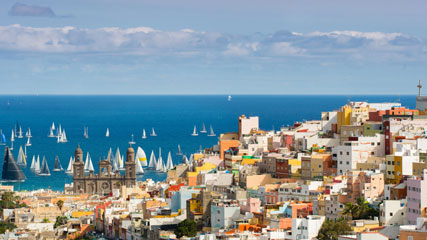
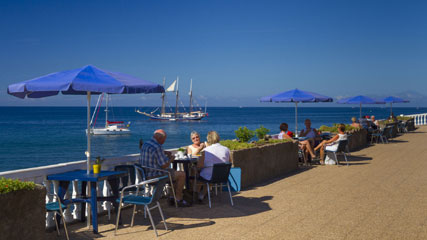
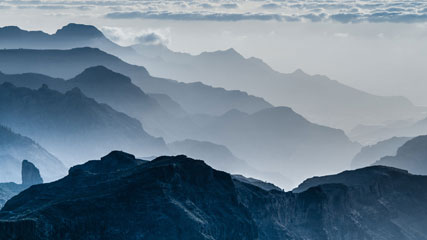
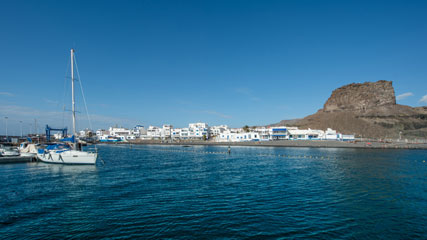

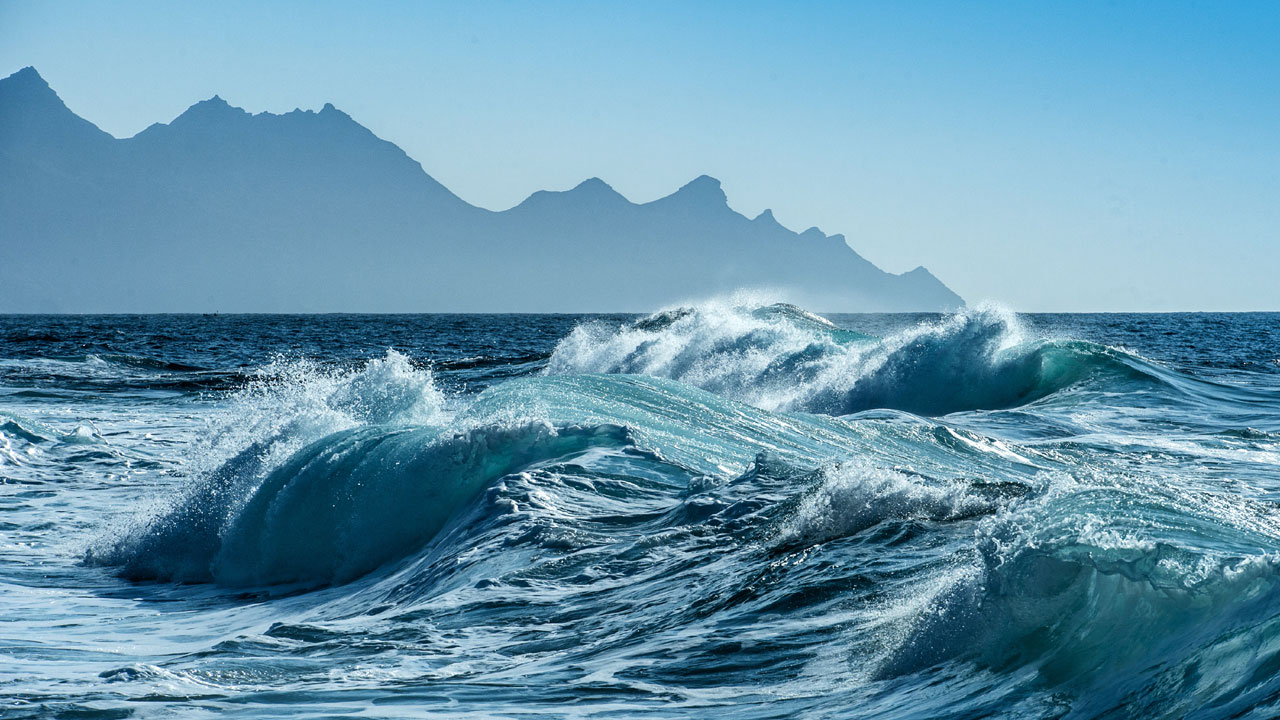
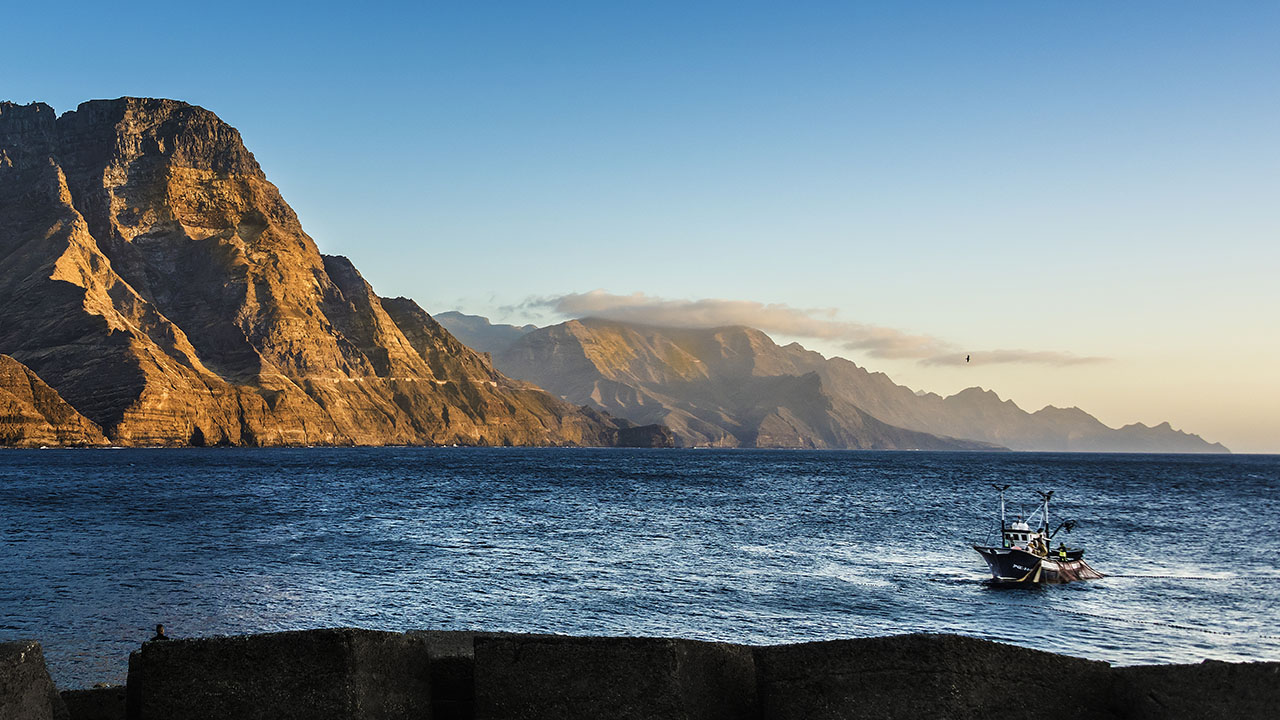
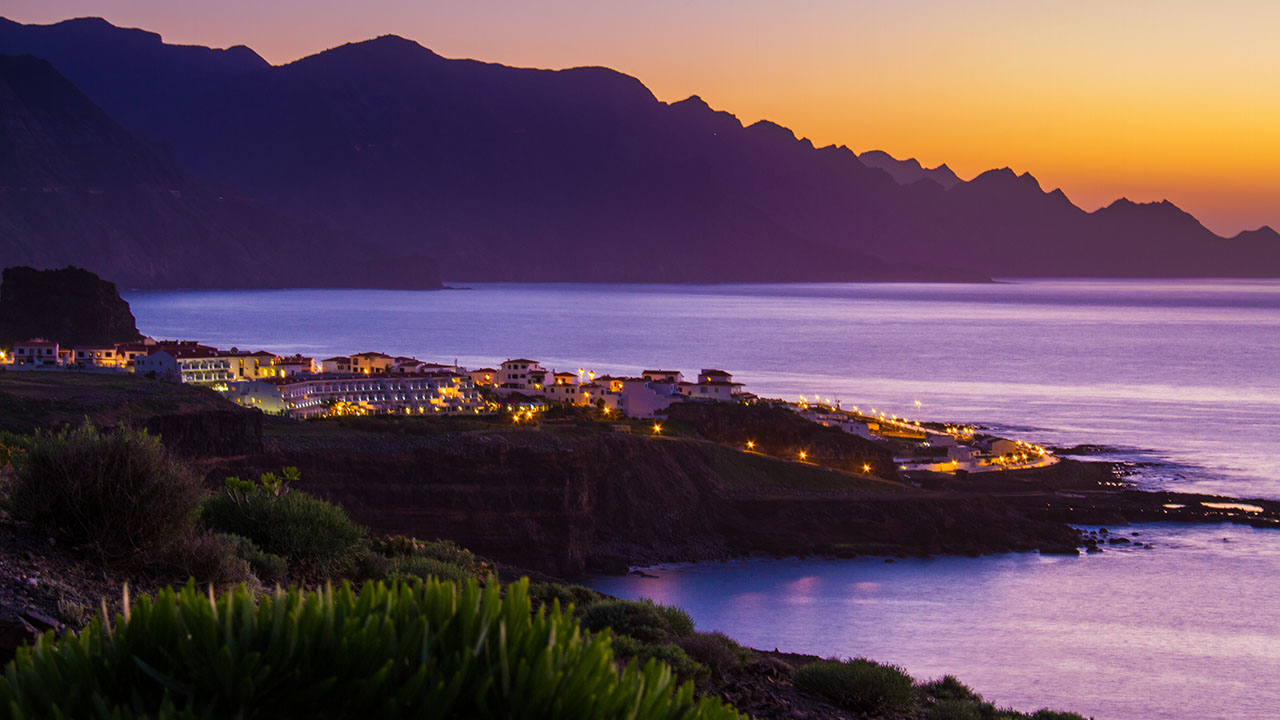
Comments are disabled for this post.